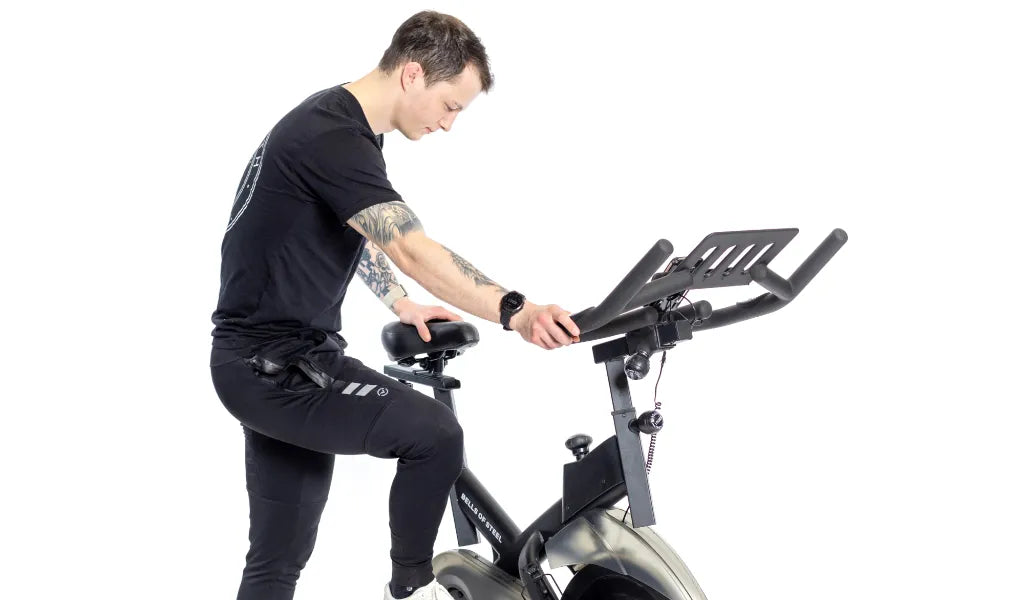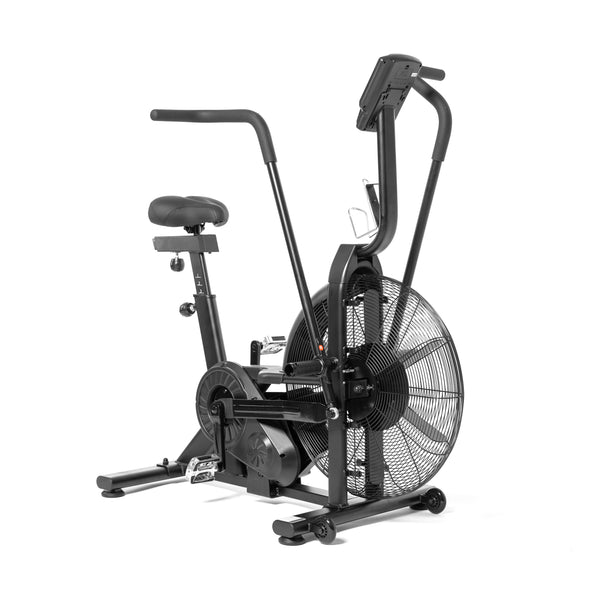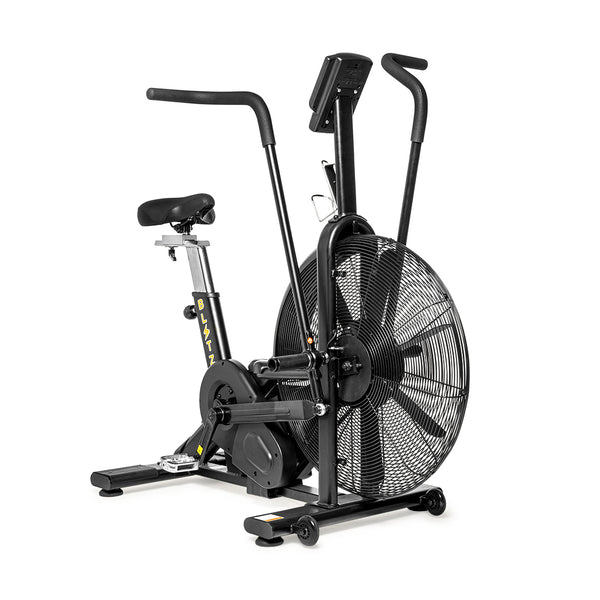Hey there, home gym heroes! Let's talk about a hot topic that’s been spinning around fitness circles: Are exercise bikes bad for your knees? If you’ve been eyeing that shiny exercise bike but worry it might leave your knees feeling like they’ve taken a spin through a meat grinder, this one’s for you. Let’s pedal through the facts and clear up those concerns.
Are Exercise Bikes Bad for Knees?
Short answer: No, exercise bikes aren’t inherently bad for your knees. In fact, they’re often praised for being a low-impact form of cardio that’s gentle on the joints. But, like with anything in life, there are a few caveats. Let’s dive into the nitty-gritty.
Factors That Play a Role
1. Bike Setup:
One of the biggest factors is how you set up your bike. An incorrect setup can lead to poor form, which might strain your knees. Make sure your seat height, handlebar position, and pedal adjustments are dialed in. Your knees should be slightly bent at the bottom of the pedal stroke, not locked out.
2. Form and Technique:
Even with a perfect setup, poor technique can cause issues. Keep your knees in line with your feet—don’t let them bow out or cave in. Engage your core and maintain a neutral spine. Good form is key to preventing knee pain.
3. Resistance Levels:
Going all out on resistance might make you feel like a cycling superhero, but it can also put undue stress on your knees. Gradually increase resistance and listen to your body. There’s no shame in turning that dial down a notch.
4. Pre-existing Conditions:
If you already have knee issues, be mindful of how your body reacts. It’s always a good idea to consult with a health professional before starting any new workout routine.
Benefits of Exercise Bikes
Exercise bikes have a few benefits that give them an edge over other forms of cardio. Here are a few spinsational pros of this cardio king.
1. Joint-Friendly Cardio:
Exercise bikes are a low-impact option, meaning they don’t pound your joints like running on pavement does. This makes them an excellent choice for anyone with knee issues or those looking to avoid them.
2. Controlled Movement:
Unlike outdoor biking, indoor exercise bikes offer a controlled environment. No unexpected potholes or sudden stops here! This predictability reduces the risk of injury.
3. Strengthens Muscles Around the Knee:
Cycling can help strengthen the muscles around your knees, providing better support and reducing the likelihood of pain. Strong quads, hamstrings, and calves can all contribute to healthier knees.
3. Consistency and Convenience:
With an exercise bike, you can control the intensity and duration of your workout, making it easier to stick to a consistent routine. Plus, you can do it rain or shine, no excuses!
4. Customizable Workouts:
Whether you’re up for a gentle ride or a high-intensity interval training (HIIT) session, exercise bikes offer versatility. You can tailor your workout to your fitness level and knee health.
5. Engagement and Enjoyment:
With options like virtual classes and engaging apps, indoor cycling can be a fun and motivating way to get your cardio in without feeling like a chore.
Talk to a Health Professional
Before you take our word—or any stranger on the internet’s word—for gospel, it’s crucial to talk to a health professional. They can provide personalized advice based on your medical history and current condition. It’s always better to be safe than sorry when it comes to your joints.
Exercise Bike Knee Pain FAQs
Q: Can I use an indoor bike if I have arthritis?
A: Yes, many people with arthritis find relief in low-impact activities like cycling. However, always consult with your doctor first.
Q: How often should I bike if I have knee issues?
A: Start with shorter sessions and gradually increase as your comfort and strength improve. Listening to your body is key.
Q: What should I do if I feel knee pain while cycling?
A: Stop and reassess your bike setup and form. If pain persists, consult with a health professional.
Conclusion: Spin It to Win It
So, are exercise bikes bad for knees? Not at all—when used correctly, they’re a fantastic, low-impact way to stay fit and protect your precious joints. With the right setup, proper form, and a bit of professional advice, you’ll be spinning your way to better health without knee pain. Ready to take a spin?



